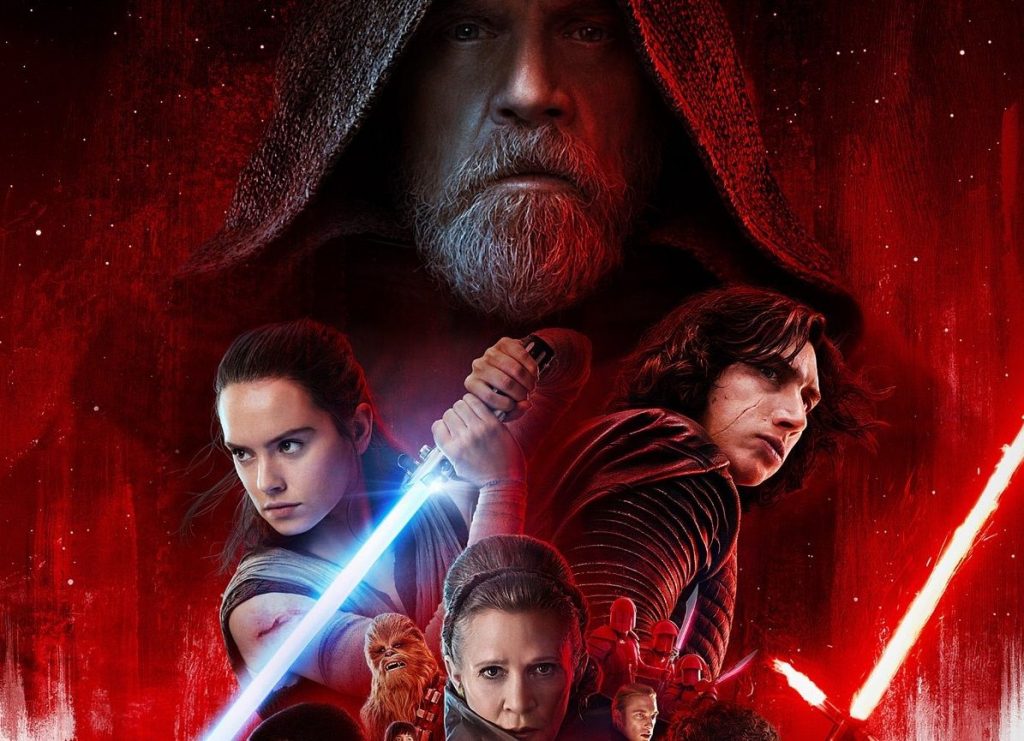I fell sound asleep for about ten minutes during the mostrnrecent installment in the Star Wars franchise, ThernLast Jedi. This was not only because the narrative had wandered down a veryrntedious alleyway, but because Star Wars in general has lostrnits way. What began as a thrilling exploration of the philosophiarnperennis has devolved into a vehicle for the latest trendyrnideology—and that is really a shame.
Like so many others in my generation (I was seventeen whenrnthe first film in the series came out), I was captivated by George Lucas’rnvision. We all loved the explosions, the spaceships, and the special effectsrn(corny now, but groundbreaking at the time), but we also sensed that there wasrnsomething else going on in these films, something that excited the soul as muchrnas it dazzled the eyes.
Lucas was a devotee of Joseph Campbell, a scholar ofrncomparative religion and mythology at Sarah Lawrence College, who had spent hisrncareer exploring what he called “the monomyth.” This is the great story which,rndespite all sorts of different accents and emphases from culture to culture,rnremains fundamentally the same and which conveys some pretty basic truths aboutrnnature, the psyche, human development, and God. It customarily unfolds as arn“hero’s quest.” A young man (typically) is summoned out of the comfort of hisrndomestic life and compelled to go on a dangerous adventure, either to secure arnprize or protect the innocent, or subdue the forces of nature. In the process,rnhe comes to realize and conquer his weakness, to face down enemies, and finallyrnto commune with the deep spiritual powers that are at play in the cosmos.rnUsually, as a preparation for his mission, he is trained by a spiritual masterrnwho will put him quite vigorously through his paces. Campbell was particularlyrnintrigued by the manner in which this story is concretely acted out in therninitiation rituals among primal peoples. Lucas’ mentor was Campbell, andrnCampbell’s teacher was the great Swiss psychologist, C.G. Jung, who had spentrnhis career exploring the archetypes of the collective unconscious that playrnthemselves out in our dreams and our myths.
Now one would have to be blind not to see these motifs inrnthe original Star Wars films. Luke Skywalker is compelled tornleave his mundane home life (remember Uncle Owen and Aunt Beru?), and under therntutelage of Obi-Wan and Yoda, he overcomes his fears, discovers his innerrnstrength, faces down the darkness, and learns to act in communion with thernForce. Attentive Star Wars fans will notice, by the way, thatrnYoda pronounces a number of the well-known sayings of C.G. Jung. I referencedrnthe philosophia perennis (the perennial philosophy) above.rnThis is a standard set of philosophical and psychological insights shared byrnmost of the great spiritual traditions of the world, and it provided therninspiration for Jung, Campbell, Lucas and hence the Star Wars films.
Certain elements of all of this remain, of course, in thernmost recent episodes, but the mythic and archetypal dimensions are all butrnoverwhelmed by an aggressively feminist ideology. The overriding preoccupationrnof the makers of the most recent Star Wars seems to be, notrnthe hero’s spiritual journey, but the elevation of the all-conquering female.rnEvery male character in The Last Jedi is either bumbling,rnincompetent, arrogant, or morally compromised; and every female character is wise,rngood, prudent, and courageous. Even Luke has become embittered and afraid,rnbearing the stigma of a profound moral failure. The female figures in ThernLast Jedi typically correct, demote, control, and roll their eyes atrnthe males, who stumble about when not provided with feminine instruction. Irnlaughed out loud when Rey, the young woman who has come to Luke for instructionrnin the ways of the Jedi, shows herself already in full possession of spiritualrnpower. No Yoda or Obi-Wan required, thank you very much. The movie endsrn(spoiler alert) with all of the men off the stage and Leia taking the hand ofrnRey and saying, “We have all we need.”
Contrast this overbearing and ham-handed treatment of menrnand women with the far subtler handling of the same motif in the earlier StarrnWars films. In accord with Jungian instincts, the twins Luke and Leia—bothrnsmart, strong, and spiritually alert—represented the play of animus and anima,rnthe masculine and feminine energies, within every person. And the relationshiprnbetween Leia and Han Solo was such a delight, precisely because they werernevenly matched. Leia didn’t have to dominate Han in order to find her identity;rnquite the contrary, she became more fully herself as he pushed back againstrnher. Whereas a sort of zero-sum game obtains in the present ideology—the malernhas to be put down in order for the female to rise—nothing of the kind existedrnin the wonderfully Tracy and Hepburn rapport between Leia and Han.
Now don’t get me wrong: I fully understand why, in ourrncultural context today, women are feeling the need to assert themselves and tornput powerful men in their place. I even see why a certain exaggeration isrninevitable. It’s just disappointing that this concern has hijacked a filmrnseries that used to trade in more abiding truths.
Bishop Robert Barron is an auxiliary bishop of thernArchdiocese of Los Angeles and the founder of Word on Fire Catholic Ministries.
Interested in more? Subscribe to Angelus News to get daily articles sent to your inbox.

